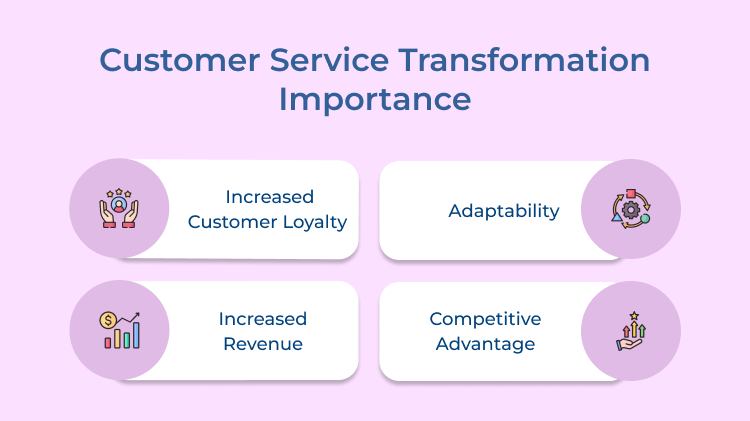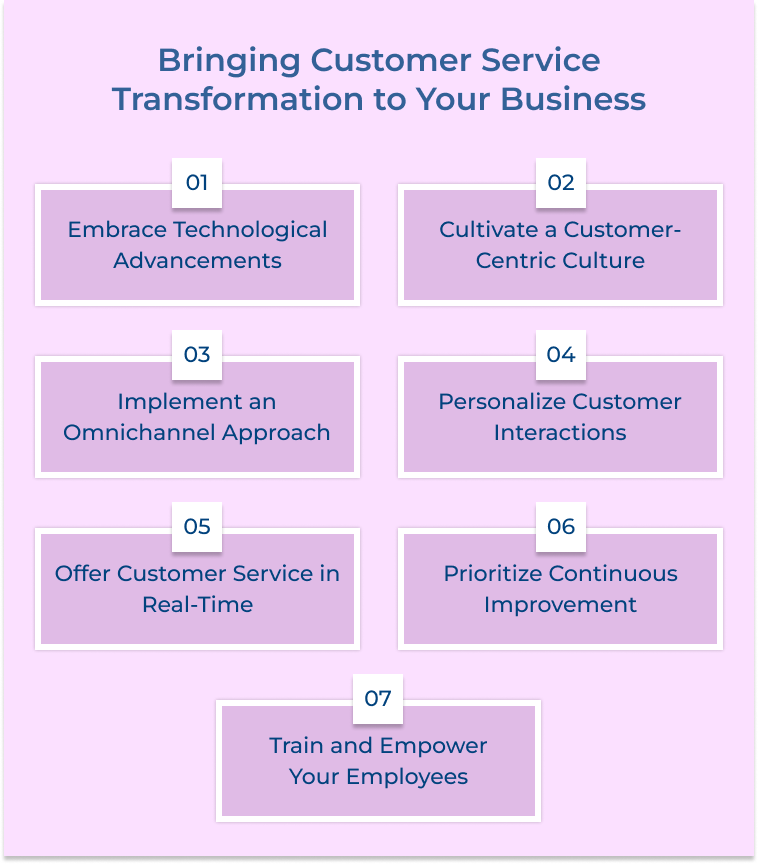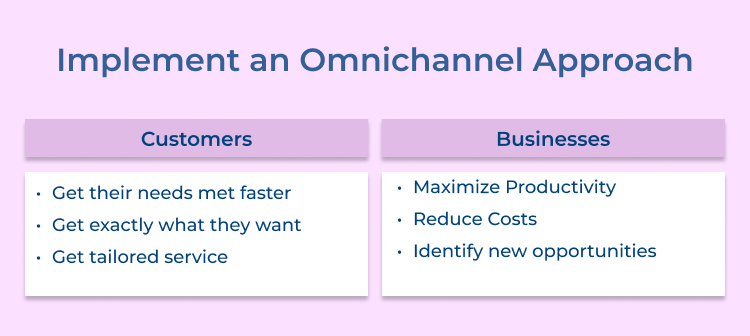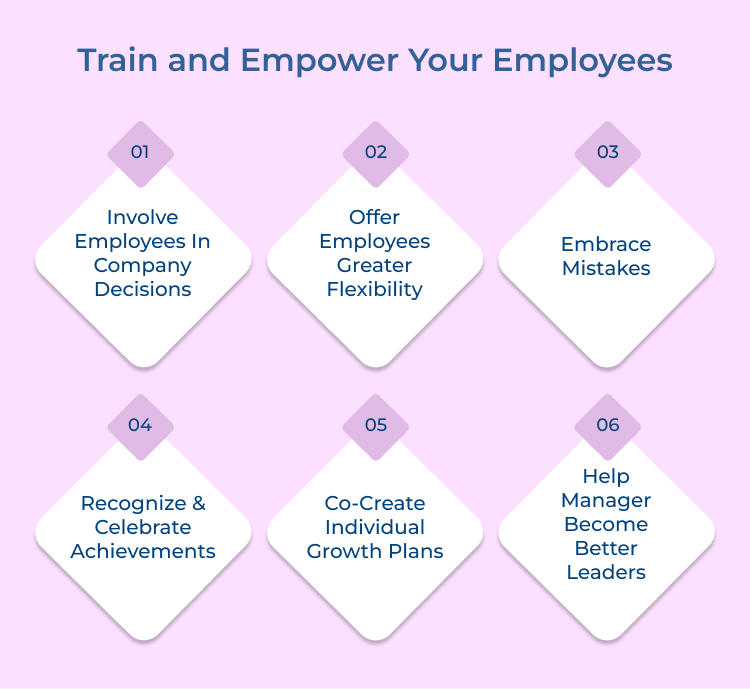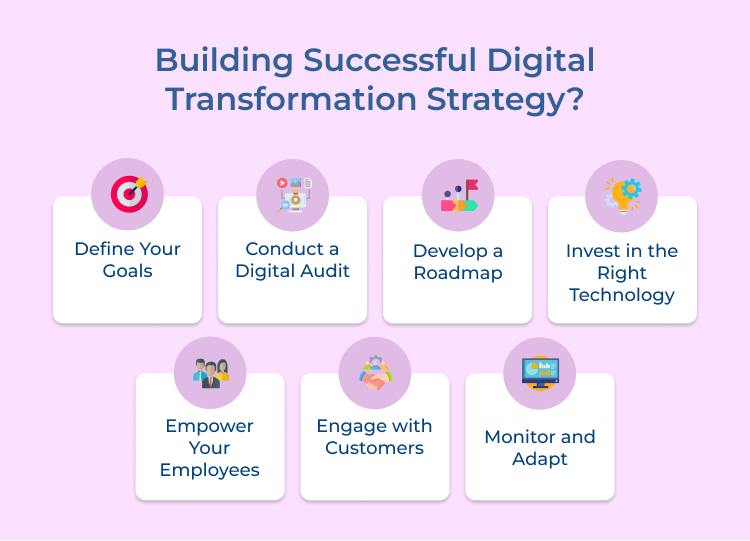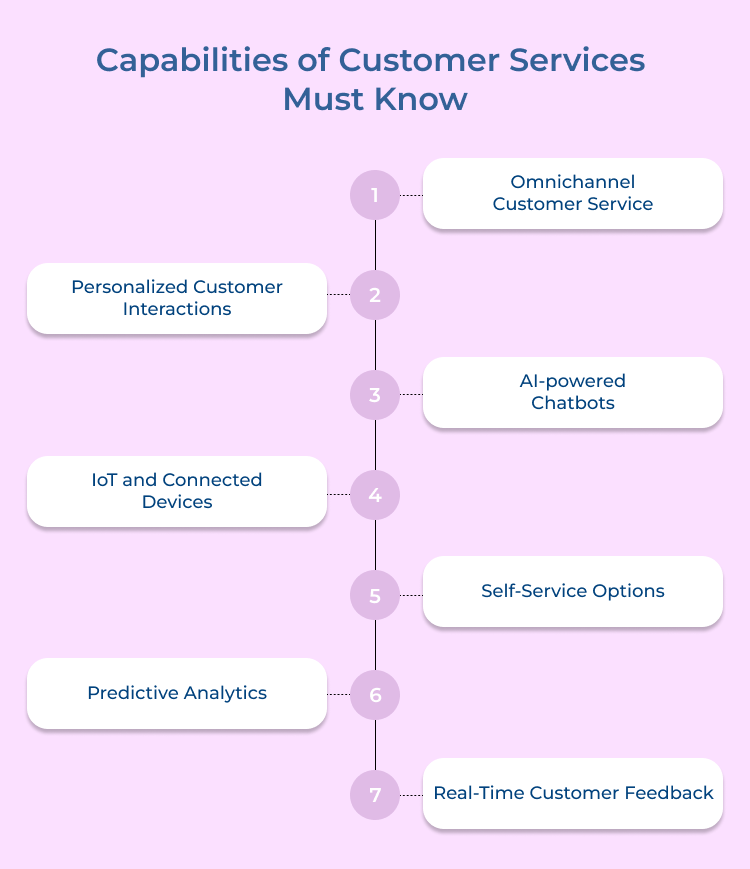Here are some of the key new capabilities of customer services:
1. Omnichannel Customer Service
Customers today expect to be able to reach a company through multiple channels, including phone, email, chat, social media, and more. Omnichannel customer service ensures that a customer can start a conversation on one channel and continue it seamlessly on another without having to repeat themselves.
2. Personalized Customer Interactions
With the help of data analytics and customer relationship management systems, businesses can now personalize interactions with customers. By understanding a customer’s preferences, purchase history, and behavior, companies can tailor their support to meet individual needs and build stronger relationships.
3. AI-Powered Chatbots
AI-powered chatbots are revolutionizing customer service by providing instant responses to customer queries. These chatbots can handle simple questions, escalate more complex issues to a human agent, and even provide personalized recommendations based on customer data.
4. IoT and Connected Devices
The Internet of Things (IoT) is enabling businesses to provide proactive customer service by collecting data from connected devices. For example, a smart home device can alert a company to an issue before the customer even realizes there is a problem, allowing for quicker resolution.
5. Self-Service Options
Customers today prefer to find answers to their questions and solve problems on their own. Self-service options such as knowledge bases, FAQs, and tutorials empower customers to help themselves, reducing the need for human intervention and improving efficiency.
6. Predictive Analytics
Predictive analytics uses data and algorithms to forecast future trends and behaviors. In customer service, predictive analytics can help businesses anticipate customer needs, identify potential issues before they arise, and personalize interactions based on predictive insights.
7. Real-Time Customer Feedback
Real-time customer feedback tools allow businesses to gather instant feedback from customers, whether through surveys, live chat interactions, or social media. The feedback can help companies understand customer sentiment, identify areas for improvement, and make quick changes to enhance the customer experience.
Customer Service Transformation: Boon for Business Growth
Customer service transformation is indeed a boon for business growth. By focusing on improving the customer experience (CX), businesses can create loyal customers who will not only continue to support the business but also spread positive word-of-mouth.
Implementing latest technologies/strategies to enhance customer service lead to increased customer satisfaction, retention, and revenue growth. It is crucial for businesses to evolve their customer service approach to meet the ever-changing needs and expectations of consumers. Investing in customer service transformation is a wise decision that can bring long-term success and sustainability to any business.

